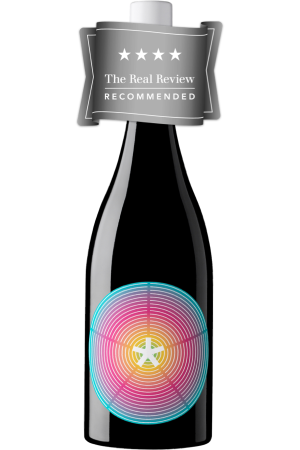Cold Duck isn’t your grandma’s sparkling wine. Or maybe it is; I don’t know your grandmother. If you’re from California, Texas, Florida or Michigan, you might have sampled the cloyingly sweet, hangover-inducing wine cocktail at a family gathering or on a camping trip. For some, it’s the endgame for a dare; for others, a beloved holiday tradition to be cherished with family. Once ubiquitous and later notorious, Cold Duck has origins that trace back to a German prince and a storied Detroit hotel.
There are as many rumors about the drink’s exact origins as there are variations on the recipe itself. But all sources agree that in the 18th century, Saxon prince Clemens Wenceslaus Von Sachsen had the habit of combining the remains of several bottles of wine at the end of his night — whether by choice or necessity; stories differ — including both red and white sparkling wine. These “kaltes ende,” or cold ends, would later be known by a mispronunciation: “kalte ente,” or Cold Duck.
In 1937, a German immigrant named Harold Borgman brought the concoction to his Detroit bar, the famed Pontchartrain Wine Cellars. His version of Cold Duck contained a mixture of Mosel wine, Rhine wine, and Champagne. The drink’s fame spread from there through the German-American community. Other versions of Cold Duck are more akin to a punch, often including dry Riesling, semi-dry Mosel, and sparkling wine supplemented with herbs like lemon balm and cilantro, sugar, sparkling water, and lemon. Cold Duck even has






